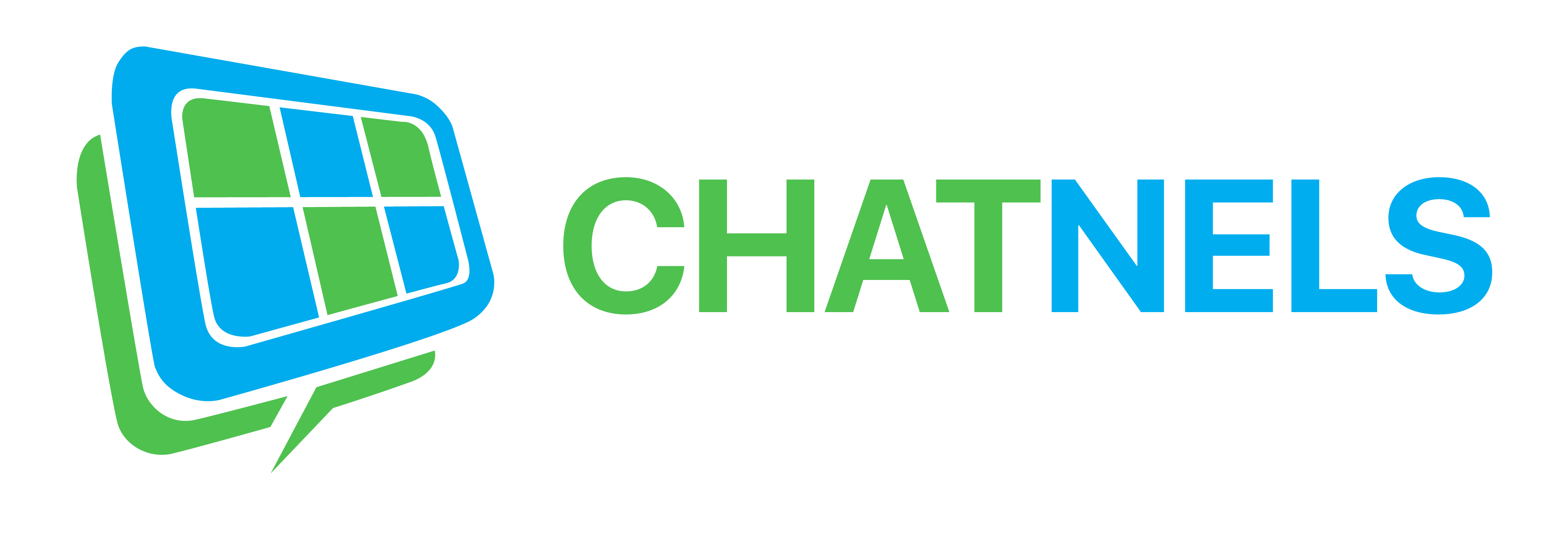We’ve all been there. On that video call that is going on forever. Your brain is getting fuzzy, your eyes are starting to glaze over. Why are online meetings so much more draining than meetings in person?
It’s called Zoom fatigue. While it’s not a medical diagnosis, Zoom fatigue is real. And there’s science to back it up. Let’s learn why we feel this way.
1. Lack of Non-Verbal Communication
On video we have to work harder to pick up on non-verbal cues, especially if the person is only framed shoulders up or the video quality is poor. 93% of communication is body language and other nonverbal signals such as tone and pitch of voice. Meeting face to face we can process non-verbal cues automatically and simultaneously while we listen to the speaker, but on video we have to strain and use more brain power to gather this information, if at all possible.
2. Multi-Screen Syndrome
Having a multi-person screen meeting magnifies this problem. The gallery view where all meeting participants appear on the screen makes it increasingly difficult to focus on many people at once. It is distracting and leaves you unable to pay attention to the speaker.
3. Facial Cues Stress
Because most video calls are showing meeting participants from the shoulders up, added emphasis is placed on facial cues. Also watching yourself on the screen is an additional stressor for most people, and seeing your own facial expressions can result in increased intensity of emotions (this is not great when those emotions are disgust, anger or boredom).
4. Silence Anxiety
Is it frozen? Is their mic on? In face to face conversation having rhythmic pauses between speakers is normal and goes unnoticed. However, in a video call, pauses and silence often spark fear and anxiety over whether the screen has frozen or the wifi signal has created poor audio quality. Lagging connections, constantly turning mics and video on and off, cause for background distractions.
All these aspects increase our cognitive load, taking up valuable brain capacity and leaving our brain running on overdrive.
Zoom use has exploded in 2020, especially with the onset of the pandemic as many businesses adjusted to their employees working from home. Daily users went from 200 million in March 2020 to 300 million in April 2020. As everyone around the world takes physical distancing measures or is self-isolating in their homes, video apps like Zoom have allowed us to remain connected during these challenging times.

Here’s some helpful tips to fight back that fatigue or brain drain.
- Engage is physical activity between video calls. This can be as simple as walking around the room or standing up for a stretch. Research indicates moving at least once an hour is optimal.
- Plan buffer time between your video calls so you have ‘recovery’ time. You can use this time to grab a coffee or a glass of water, do your physical activity or another non-screen task to re-energize your brain.
- Decrease screen time. Even using your phone to take a call without video will give you a break from the video screen.
- Maintain a designated work space. This creates boundaries in your home and allows the other spaces to be free for other non-work activities. This also helps decrease distractions while you are working.
- Build a routine and stick to it. Creating an at home work structure and rituals with planned breaks, lunch, and start/end times helps you stay in control and maintain time management. This also means keeping a regular sleep schedule too.
- Include a daily non-screen time project or activity that allows you to take your mind away from work. This could be starting a new hobby like learning a new musical instrument, reading a good book, or doing an art project.
If you’re looking for a way to simplify your work communications and reduce your screen-time, try Chatnels.
It’s an AI-powered chat platform that integrates with Zoom and Slack for a user friendly one stop shop communication hub for all your B2B and B2C needs.



